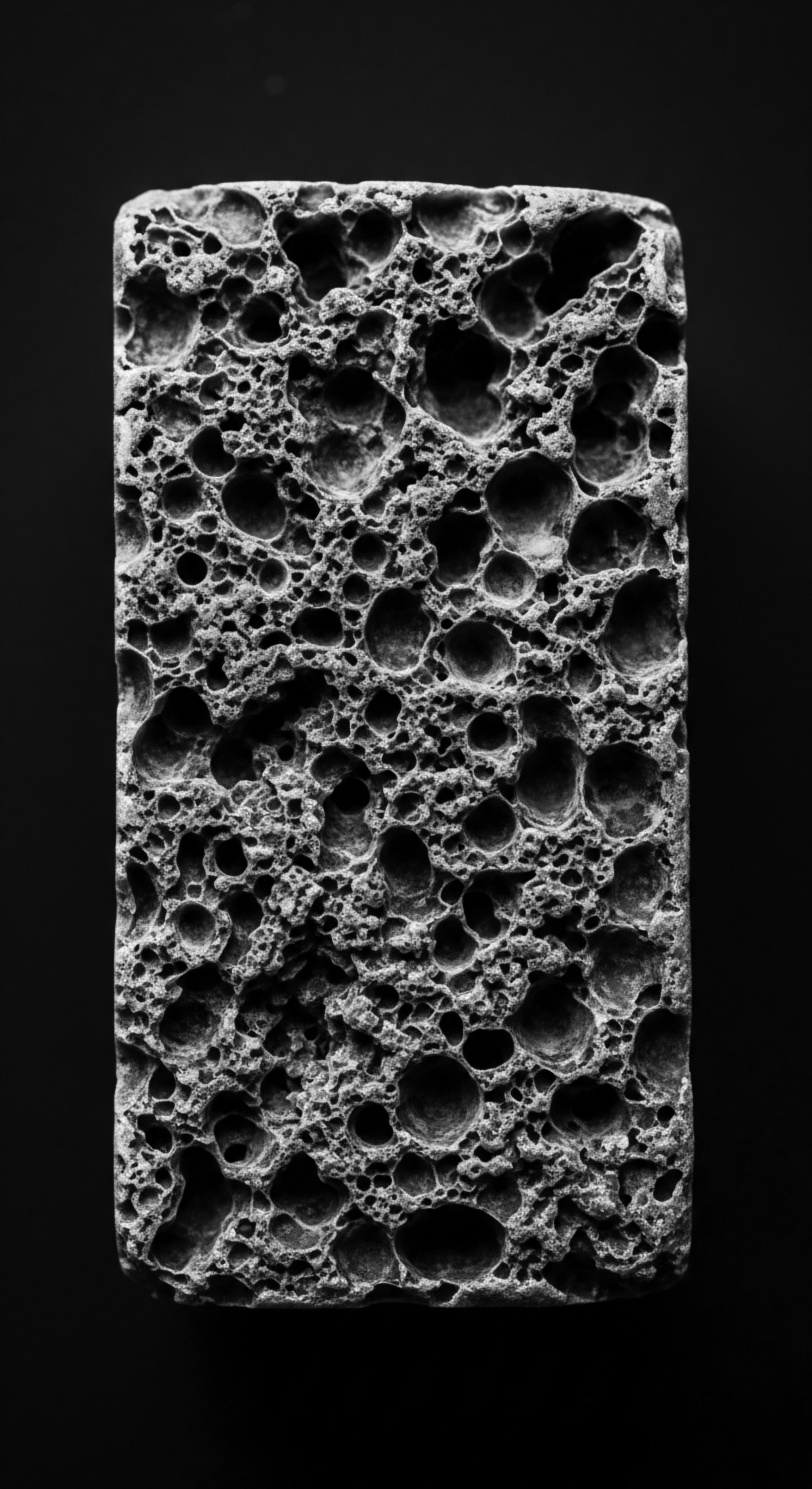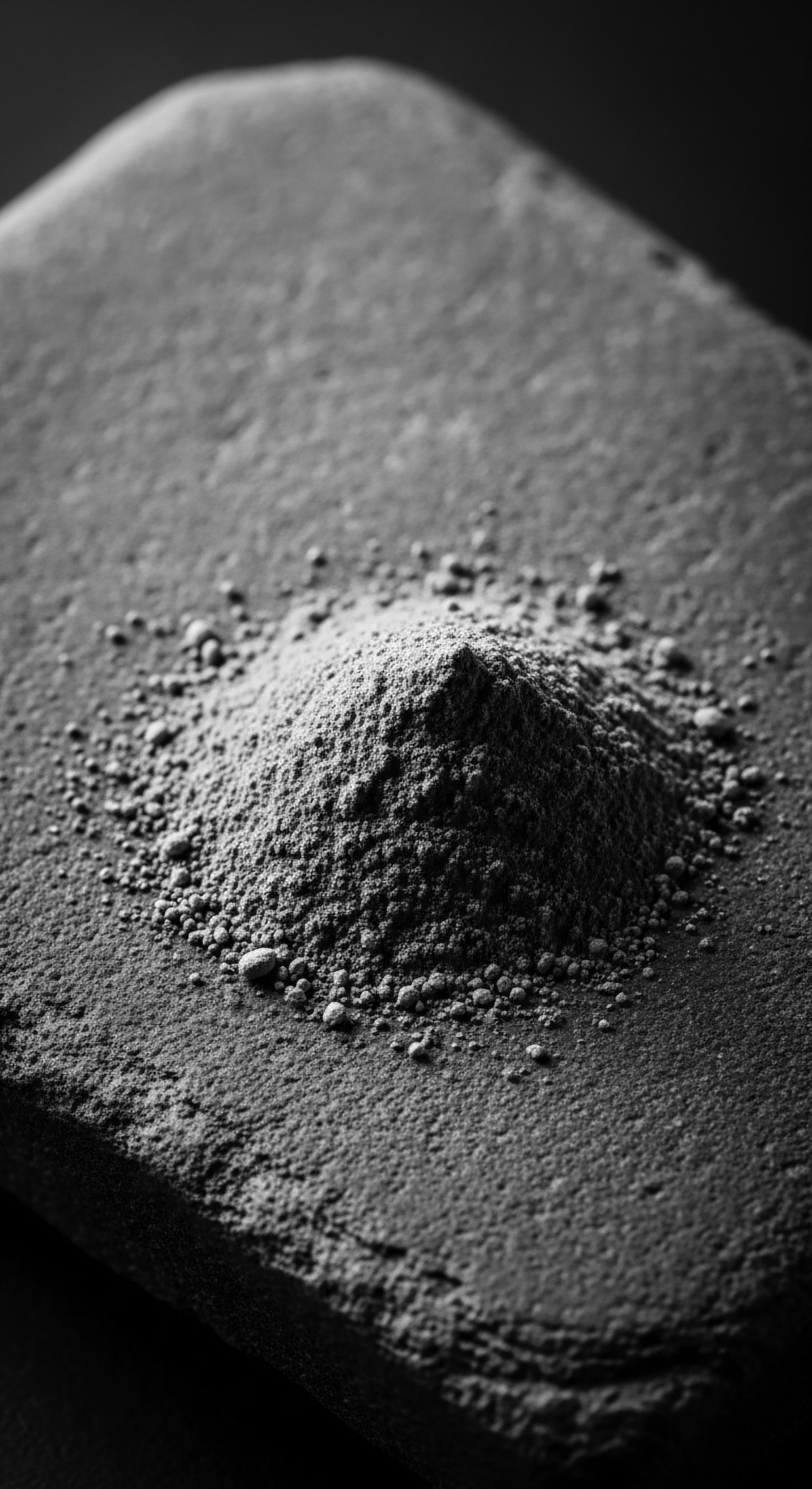
Cosmetic Toxins
Meaning ❉ Cosmetic Toxins, in the context of textured hair, refer to chemical agents and societal pressures that compromise hair health and ancestral identity.

What historical burdens impact textured hair health today?
Historical oppression and Eurocentric beauty standards continue to shape textured hair health, impacting self-perception and care practices.

What historical shifts in pH impact textured hair?
Historical shifts in pH significantly altered textured hair, from ancestral efforts to balance natural alkalinity to the damaging high pH of early chemical relaxers.

Can textured hair proteins recover their original state after chemical treatment?
Textured hair proteins chemically altered do not fully revert, yet new growth offers a profound opportunity for its original heritage to re-emerge.

How did chemical relaxers impact textured hair health historically?
Chemical relaxers historically altered textured hair’s natural bonds, leading to health concerns while reshaping Black hair heritage.

What happens when chemical relaxers meet textured hair?
Chemical relaxers alter textured hair by breaking its natural bonds, a process deeply interwoven with historical pressures and health impacts across generations.

How did historical pressures affect textured hair’s health?
Historical pressures, driven by dehumanization and imposed beauty ideals, damaged textured hair health, severing ancestral care practices.

What historical chemical treatments harmed textured hair?
Historical chemical treatments, like lye relaxers and formaldehyde-laden keratin products, often severely damaged textured hair and compromised holistic wellbeing.

What historical events influenced textured hair damage?
Historical events, from forced assimilation to chemical innovations, significantly damaged textured hair heritage.

Alkaline Hair Solutions
Meaning ❉ Alkaline Hair Solutions define chemical agents that alter hair structure, deeply linked to textured hair heritage and historical beauty standards.

Hair Slavery
Meaning ❉ Hair Slavery defines the systemic control, devaluation, and forced alteration of textured hair, particularly Black and mixed-race hair, due to imposed beauty standards and historical oppression.

How did high pH relaxers harm textured hair heritage?
High pH relaxers chemically compromised textured hair’s inherent structure, disrupting ancestral care methods and culturally significant styling practices.

What impact did chemical relaxers have on hair care heritage?
Chemical relaxers profoundly altered textured hair heritage by transforming natural forms and influencing generations of care practices.

How does pH affect textured hair moisture?
pH levels profoundly influence textured hair moisture, affecting cuticle integrity and reflecting a long heritage of care practices.

How does textured hair’s structure make it susceptible to damage?
Textured hair’s unique coiled structure and elliptical shape create inherent stress points and impede natural oil distribution, making it vulnerable to damage and requiring care rooted in ancestral wisdom.

